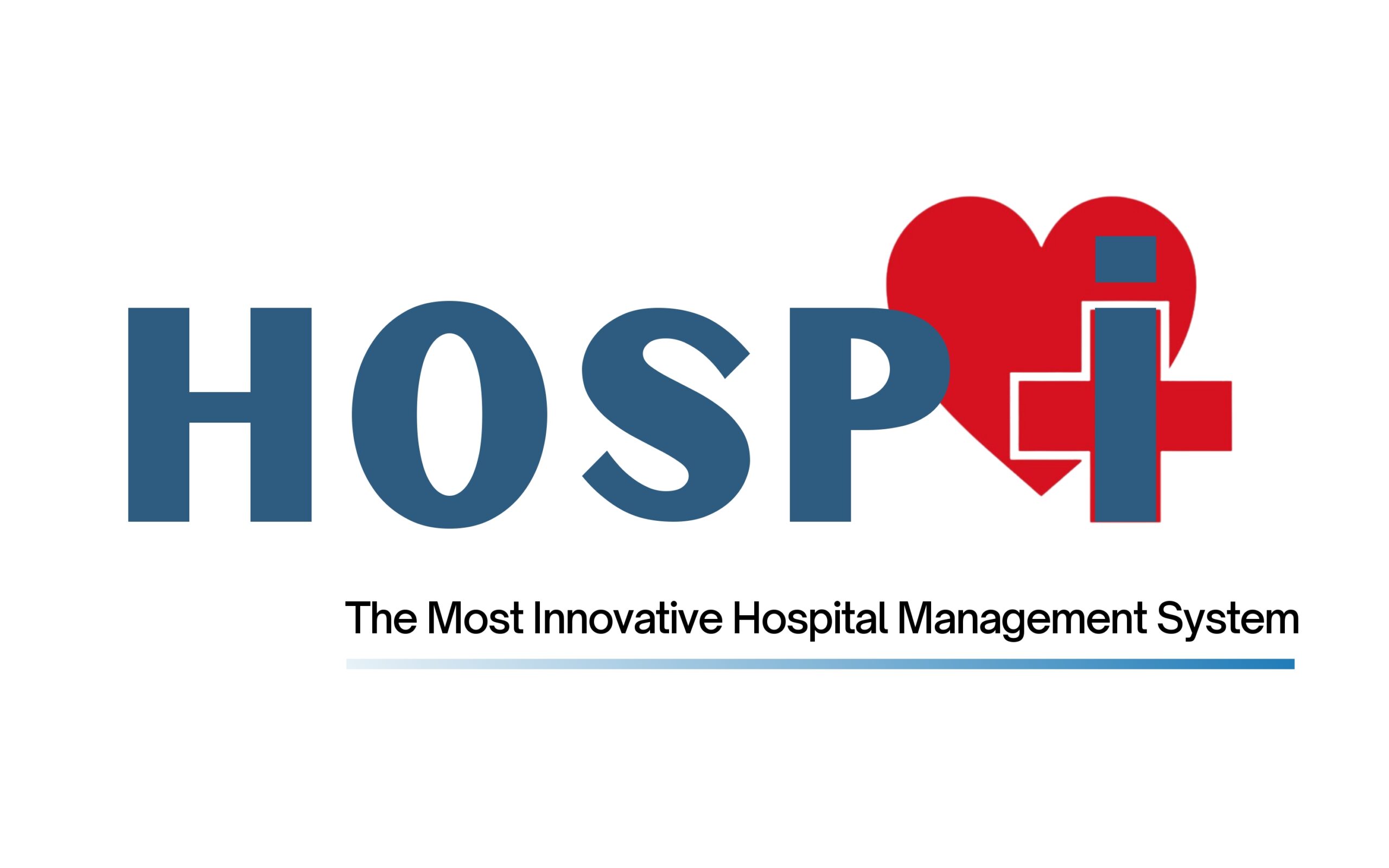Table of Contents
Introduction
In today’s fast-paced world, the demand for efficient and reliable healthcare facilities has grown tremendously. The design of a hospital plays a crucial role in providing quality medical care and a positive patient experience. Among the various hospital sizes, the 50 bed hospital has emerged as an ideal solution that strikes a balance between personalized care and comprehensive medical services. This article explores the key considerations and design aspects when planning a 50 bed hospital, focusing on creating an environment that fosters healing, innovation, and efficiency.
Understanding the Significance of 50 Bed Hospitals
A 50 bed hospital is a mid-sized healthcare facility that caters to a diverse range of medical needs. It provides a more intimate setting, allowing medical staff to build stronger connections with patients while still offering specialized services and advanced medical treatments. This balance of scale and services has made 50 bed hospitals increasingly popular among healthcare providers.
Location and Site Selection
The first step in designing a 50 bed hospital is selecting an appropriate location. Easy accessibility, proximity to residential areas, and good transportation links are crucial factors to consider. The site should have ample space for future expansion and the incorporation of green spaces.
Designing for Patient Comfort and Experience
Patient comfort and experience are paramount in any hospital design. Integrating nature and green spaces, providing natural light and ventilation, creating patient-centric spaces, and ensuring privacy and noise reduction are essential aspects to focus on.
Optimizing Workflow and Efficiency
Efficiency is key to the smooth functioning of a hospital. By streamlining staff and patient movement, implementing modern technology solutions like electronic health records (EHR) systems, hospitals can enhance their overall efficiency and reduce waiting times.
Adhering to Regulatory Guidelines and Safety Standards
Compliance with healthcare regulations and safety standards is non-negotiable. Hospitals must prioritize patient safety and disaster preparedness, ensuring they have robust protocols in place.
Sustainable Design and Green Initiatives
With environmental concerns becoming more pressing, hospitals can contribute to sustainability efforts by incorporating energy-efficient solutions, water conservation measures, and environmentally friendly building materials.
Flexibility and Future Expansion
Anticipating future growth is vital in hospital design. A modular approach to construction allows for easier expansion when required.
The Role of Technology in Hospital Design
Advancements in technology have revolutionized healthcare. Implementing telemedicine and remote patient monitoring, as well as creating a smart hospital infrastructure, can significantly enhance patient care.
Aesthetic Appeal and Healing Atmosphere
Creating a healing environment is essential for patient well-being. The use of art, colors, and soothing aesthetics can positively impact patients’ mental and emotional states.
The Integration of Infection Control Measures
Infection control is a critical aspect of hospital design. By incorporating features like proper ventilation and sanitation systems, hospitals can minimize the risk of infections.
Collaborative Spaces for Healthcare Professionals
Encouraging teamwork and communication among healthcare professionals fosters better patient outcomes. Providing spaces for continued learning and research is also crucial for staff development.
Patient and Family Engagement
Involving patients and their families in the care process leads to better treatment adherence and patient satisfaction. Comfortable waiting areas and family-centered care can greatly improve the overall hospital experience.
Balancing Budget Constraints and Quality Design
Hospitals must find a balance between budget constraints and high-quality design. Value engineering and prioritizing essential features can help achieve this balance.
Case Studies: Successful 50 Bed Hospital Designs
Examining successful 50 bed hospital designs provides valuable insights and lessons for new projects, helping hospitals make informed decisions.
Few more points
- The location of the hospital is important to consider, as it should be easily accessible to patients and staff. It should also be located in a safe area with good access to emergency services.
- The size of the hospital should be appropriate for the needs of the community it serves. A 50-bed hospital is typically sufficient for a small or rural community, but a larger hospital may be needed for a more urban area.
- The design of the hospital should be functional and efficient, with easy access to patient rooms, treatment areas, and support services. The layout should also be patient-centered, with private rooms and comfortable surroundings.
- The materials used in the construction of the hospital should be durable and easy to clean. They should also be fire-resistant and meet other safety standards.
- The hospital should be equipped with modern medical equipment and technology. This equipment should be regularly updated to ensure that patients receive the best possible care.
- The hospital should have a well-trained staff of doctors, nurses, and other healthcare professionals. The staff should be familiar with the latest medical practices and be able to provide high-quality care to patients.
- The hospital should have a strong commitment to patient safety. This includes having policies and procedures in place to prevent accidents and errors.
- The hospital should be environmentally friendly. This includes using energy-efficient materials and appliances, and recycling waste.
- The average cost of building a 50-bed hospital in the United States is $20 million. However, the actual cost can vary depending on the location, size, and complexity of the hospital.
- The design of a 50-bed hospital should be flexible enough to accommodate future growth. This may include providing space for additional beds, diagnostic equipment, and support services.
- The hospital should be designed to be energy-efficient and environmentally friendly. This can be achieved through features such as solar panels, rainwater harvesting, and insulation.
- The hospital should be designed to be patient-centered. This means creating a healing environment that is conducive to comfort and recovery.
- The hospital should be designed to be easily accessible for patients, visitors, and staff. This may include providing ample parking, accessible walkways, and elevators.
- Here are some additional considerations for the design of a 50-bed hospital:
- The location of the hospital should be convenient for patients and their families. It should also be accessible to emergency services.
- The hospital should be designed to meet the specific needs of the community it serves. This may include providing services for rural or underserved populations.
- The hospital should be equipped with the latest technology and equipment. This can help to improve patient care and outcomes.
- The hospital should have a strong focus on quality improvement. This can be achieved through a variety of initiatives, such as patient satisfaction surveys and staff training programs.
Conclusion
Designing a 50 bed hospital requires careful consideration of various factors, from patient comfort and safety to technological integration and sustainability. By creating an environment that prioritizes healing, efficiency, and patient-centered care, these hospitals can deliver optimal healthcare solutions to their communities.
To read some more articles like this, Visit this site: https://hospi.info/blog
Search more here: https://www.google.com/
FAQs
- Are 50 bed hospitals as efficient as larger ones? Yes, 50 bed hospitals offer a balance between personalized care and comprehensive services, making them efficient healthcare facilities.
- What technologies are commonly used in 50 bed hospitals? 50 bed hospitals often use electronic health records (EHR) systems, telemedicine, and smart hospital infrastructure to enhance patient care.
- Can 50 bed hospitals expand in the future? Yes, many 50 bed hospitals use a modular design approach that allows for easier future expansion.
- How important is patient and family engagement in these hospitals? Patient and family engagement is crucial for better treatment adherence and overall patient satisfaction.
- Do 50 bed hospitals contribute to sustainability efforts? Yes, by incorporating energy-efficient solutions and green initiatives, 50 bed hospitals can contribute to environmental sustainability.




Pingback: 50 Bed Hospital Requirements in India
Pingback: What is the Use of AI in Hospitals
Pingback: The Best Practices for Running an Efficient Account Department in a Hospital
Pingback: How to Start a Charitable Hospital: A Comprehensive Guide
Pingback: Comprehensive Guide to Hospital Building Plans: Designing a Modern Healthcare Facility
Pingback: How Hospital Management Software Can Improve Your Healthcare Business
Pingback: The Top 5 Ways to Increase Hospital Revenue
Pingback: Hospital Acquisitions and Mergers
Pingback: Medical tourism in India
Pingback: Top 30 Tips for Staying Focused (Boost Your Productivity and Achieve Success )
Pingback: 20 Successful Tips for Staying Fit During Pregnancy
Pingback: Top 10 working Tips for a Happy and Healthy Life
Pingback: #15 Patient Success Stories (Inspiring Tales of Triumph and Recovery)
Pingback: Top 10 medical technologies of the future
Pingback: Innovations & Advancement in Diagnostics, Lab Testing & Analysis
Pingback: Medical Equipment Manufacturers In India [ Complete List ]
Pingback: Top 10 Hair Transplant Clinics in Hyderabad
Pingback: Top 10 Hair Clinics in Hyderabad
Pingback: Top 10 Skin Care Clinics in Hyderabad for Radiant Skin
Pingback: Top 10 Dental Clinic in Hyderabad
Pingback: Top 10 Pharmacies in Hyderabad
Pingback: Top 10 Diagnostics in Hyderabad
Pingback: Top 10 Hospitals in Kukatpally
Pingback: Future of Diagnostics Business in India Amidst Digitalization
Pingback: Holistic Approaches to Pain Management
Pingback: How to Manage Your Stress Levels